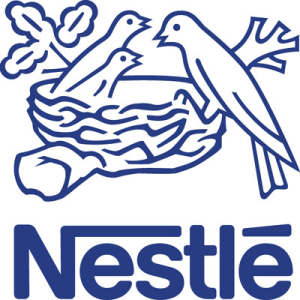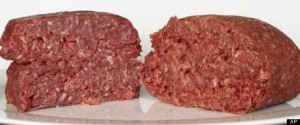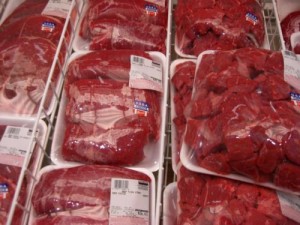PFP Enterprises, a Fort Worth, Texas, establishment, is recalling approximately 15,865 pounds of beef products because they may be contaminated with E. coli O103, E. coli O111, E. coli O121, E. coli O145, E. coli O26 and E. coli O45, the U.S. Department of Agriculture’s Food Safety and Inspection Service (FSIS) announced today.
The following products are subject to FSIS recall:
10.5-lb. boxes of Beef Outside Skirt Steak, with a pack date of “12/13/13”
 20-lb. boxes of Studio Movie Grill Beef Tenderloin Sliced, with a pack date of “12/05/13”
20-lb. boxes of Studio Movie Grill Beef Tenderloin Sliced, with a pack date of “12/05/13”
15-lb. boxes of Preseasoned Beef for Fajita, with a use by date of “1/13/14”
40-lb. boxes of Southwest Style Beef Skirts, with a pack date of “12/5/13”
20-lb. boxes of Patterson Food Processors Beef Skirt Seasoned, with a pack date of “12/9/13”
10-lb. boxes of Preseasoned Beef for Fajitas, with a pack date of “12/9/2013”
40-lb. boxes of Preseasoned Beef for Fajitas w/Binder, with a pack date of “12/9/2013”
12-lb. boxes of Seasoned Beef for Fajitas, containing 6 2-lb. packs, with a use by date of “1/15/14”
12-lb. boxes of Mexican Style Beef for Fajita, containing 6 2-lb. packs, with a use by date of “1/11/14”
The products subject to recall bear the establishment number “Est. 34715” inside the USDA Mark of Inspection. The products were produced on Dec. 5, 2013, and distributed to retail stores and restaurants in Arizona, Oklahoma, Puerto Rico and Texas.
FSIS personnel became aware of the problem during a Food Safety Assessment when they discovered that beef trim tested presumptive positive for multiple non-O157 Shiga toxin-producing E. coli (STEC) strains through the company’s testing program. The company inadvertently did not carry the test out to confirmation, and not all affected product was held.
FSIS and the company have received no reports of illnesses associated with consumption of these products.
Many clinical laboratories do not test for non-O157 STEC, such as STEC O26, O103, O45, O111, O121 or O145, because it is harder to identify than STEC O157. People can become ill from STECs 2-8 days (average of 3-4 days) after consuming the organism.














